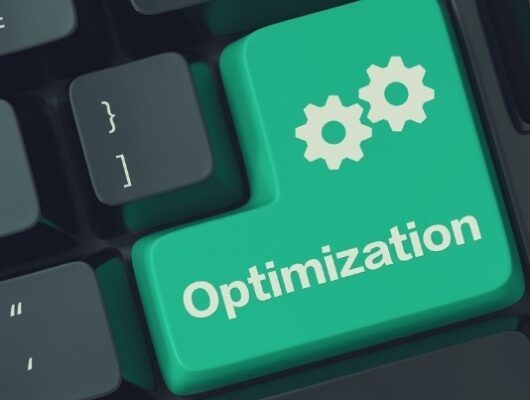Tips To Improve BigCommerce SEO
Ecommerce SEO can feel impossible to wrap your head around. Google’s algorithm changes constantly and no one knows exactly what it’s looking for. How can the average ecommerce merchant figure out what’s going on?
Improving your site’s organic rankings is definitely a long game, but, fortunately, there are plenty of small steps you can take to start optimizing your site. Here are five common mistakes that many site owners make and how you can fix them to start ranking higher today.
Improving your site’s organic rankings is a long game, but there are plenty of small steps you can take to start optimizing your site.
1. Not Having An SSL Certificate
Does your site’s URL start with HTTP or HTTPS? Google’s bots have preferred HTTPS, the more secure method of website encryption, for several years and its importance to the algorithm continues to grow. In late 2017, Google Chrome actually began showing warnings on non-HTTPS sites, informing users they were “not secure.” If you haven’t yet gotten an SSL certification, you should do so to avoid taking an SEO hit or scaring off users.
In late 2017, Google Chrome began showing warnings on non-HTTPS sites, informing users they were “not secure.”
2. Broken Links Or Images
Images that don’t load or links that go to nowhere provide a poor user experience and can get you dinged by Google’s bots. You can use a tool like Screaming Frog to check for broken links and fix them using 301 redirects. Similarly, there are lots of free tools that can help you find broken images. Fixing these will improve your link equity and signal to Google that your site is reputable and up-to-date.
There are lots of free tools that can help you find broken links and images.
3. Poor URL Structure
Google wants everything on your website to be readable. This goes for URL structure, too. Google prefers URLs that use words rather than URLs that use random numbers or letters. For example, a URL that ends in “/women/tops/sweaters” is considered better than one that ends in something like “/5237134.” Changing to a more semantic URL structure is a great way to improve SEO.
Changing to a more semantic URL structure is a great way to improve SEO.
4. Not Using Header Tags
Have you ever looked at your website’s HTML and seen that some of the headings are wrapped in code labelled with h1, h2, h3, etc?
These pieces of HTML are called header tags and they aren’t meaningless labels. They signal to search engines what the most important content on your site is and are arranged in a hierarchy with h1 at the top. Using header tags properly is an important part of improving your site’s SEO. Ensure that the most important content is contained in the headers with the highest importance and that you’re properly following the hierarchical structure.
Using header tags properly is an important part of improving your site’s SEO.
5. Not Updating Your Site Content
Google loves fresh content. Regularly updating your site’s content signals to search engines that your site is active and up-to-date, and also gives you a great opportunity to capture organic traffic through keyword targeting.
Blogging once or twice a week is a great way to keep your content fresh. However, there’s one important caveat: Google knows the difference between high-quality content and low-quality content. Take the time to produce thoughtful blog posts that customers will want to read – or hire us to do it for you!
For more tips and tricks and trends in ecommerce, check out this guide to IRCE!
Google knows the difference between high-quality content and low-quality content.
Need BigCommerce SEO Help? Call Us!
Know you need to rank higher but don’t know where to start? Call us for a free SEO audit from our BigCommerce marketing experts! We’ll help you figure out the strategy that will keep you at the top of Google – and above your competitors.









